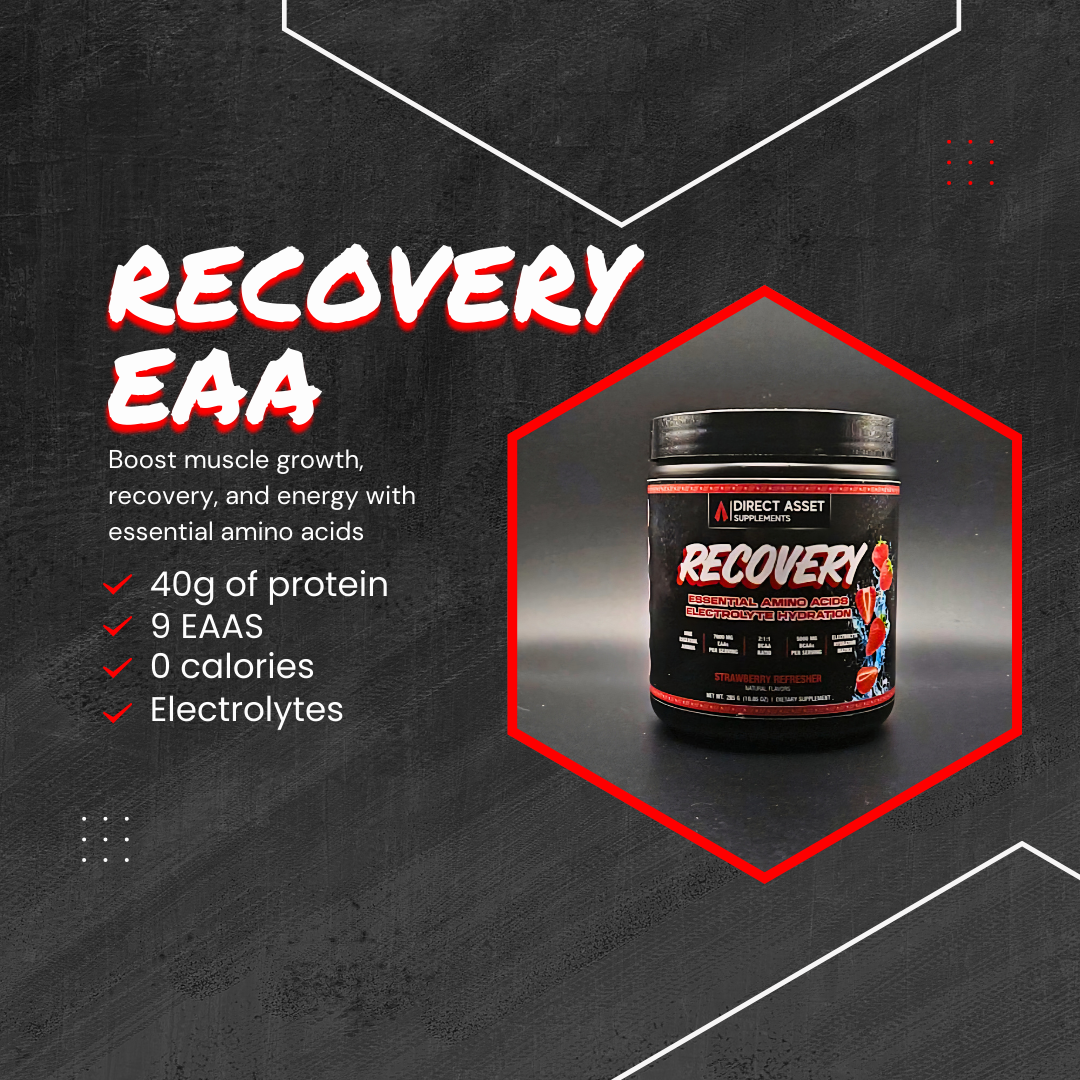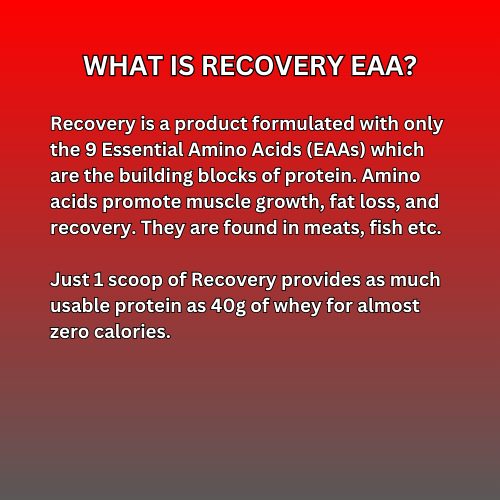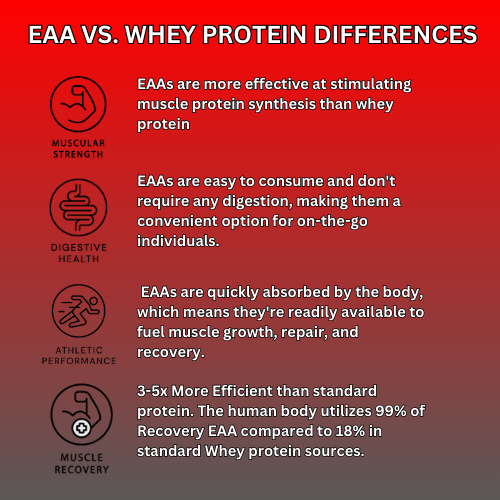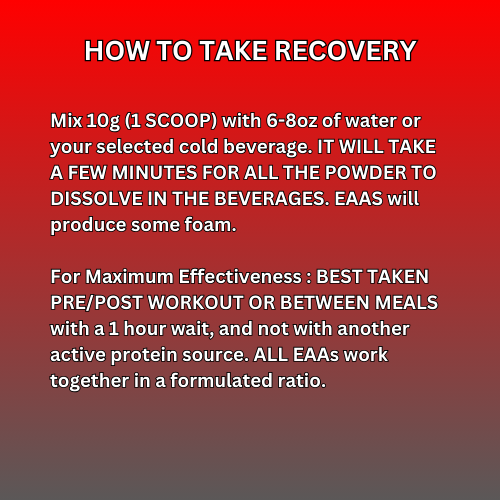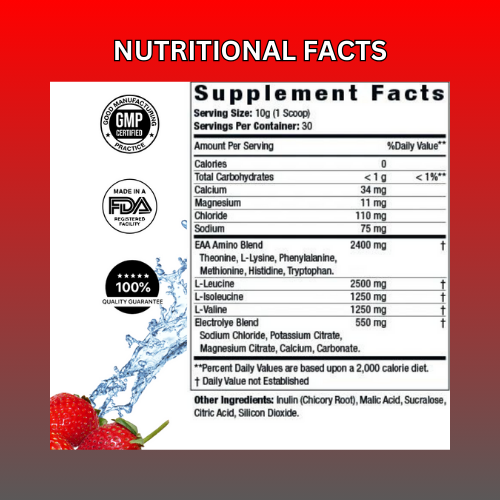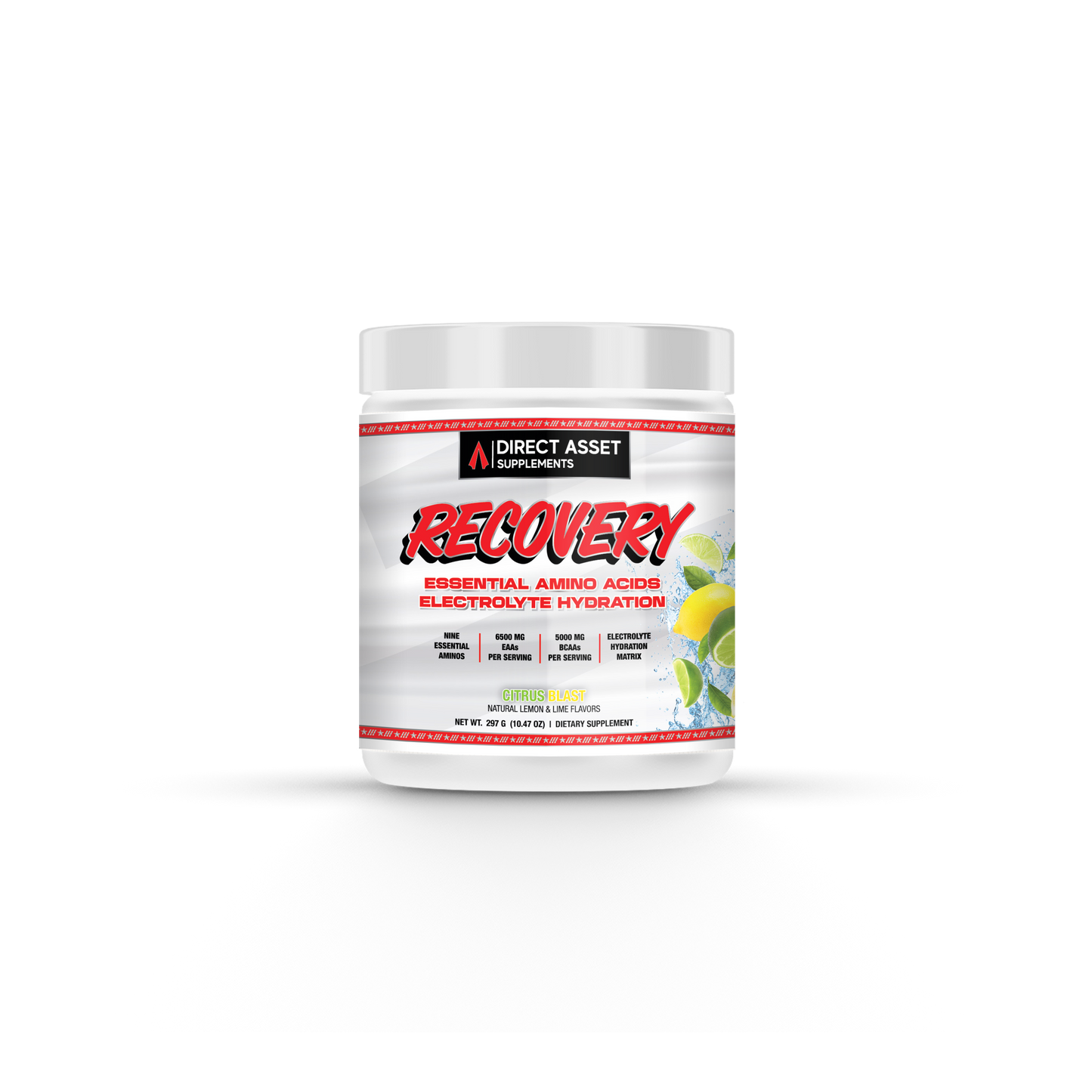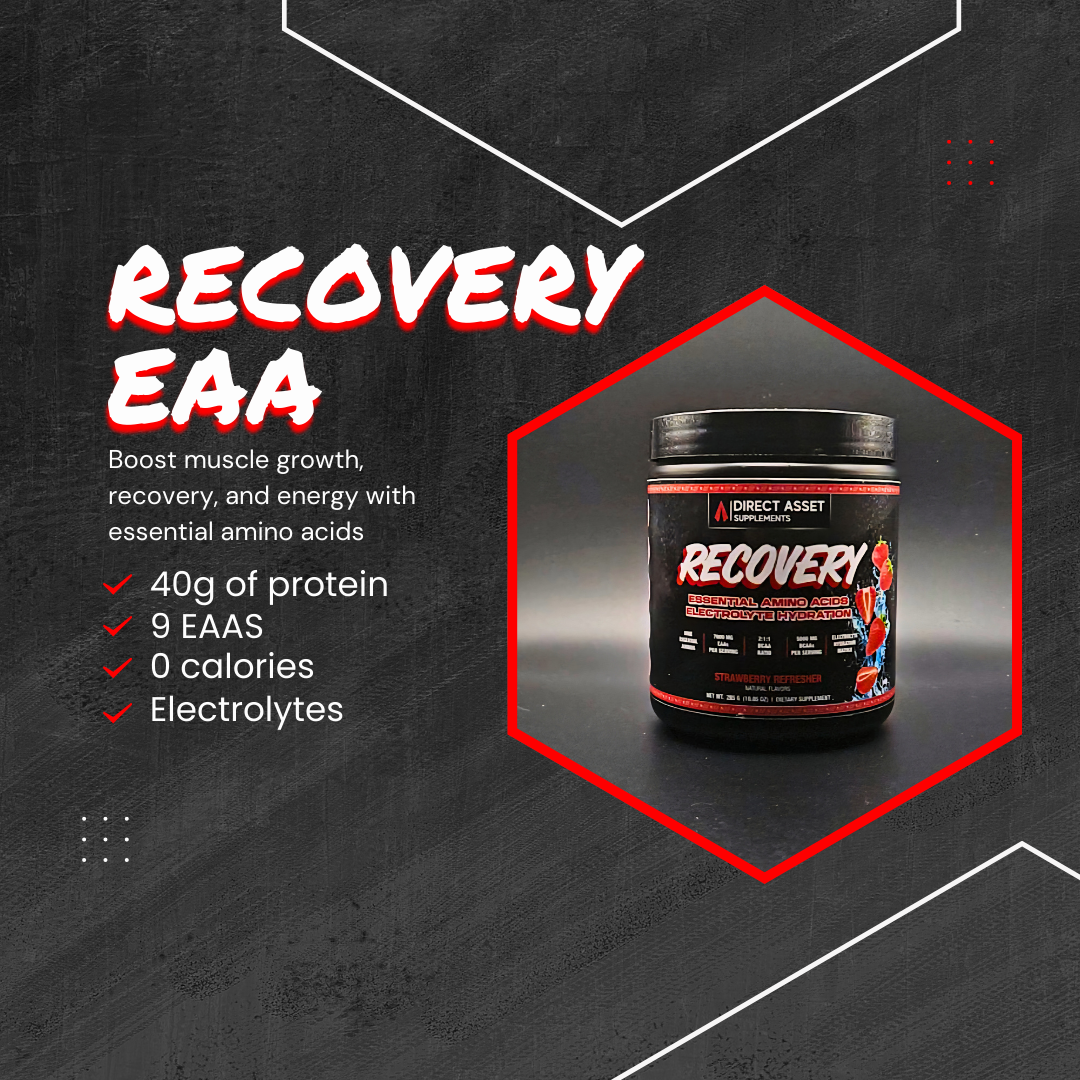
The Future of Protein Consumption: Introducing Recovery Essential Amino Acids
Whether you're an athlete chasing gains, someone trying to eat healthier, or just curious about how your body works, you've probably heard the term amino acids. These tiny molecules are the building blocks of protein — but not all amino acids are created equal.
We’re diving into the world of essential amino acids: what they are, why you need them, and how to make sure you're getting enough.
🧬 What Are Amino Acids?
Think of amino acids as LEGO bricks that your body uses to build and repair tissues — from muscles and skin to enzymes and hormones. There are 20 common amino acids that are widely used, and your body uses different combinations of them for different functions.
Out of these, 9 are considered essential. That means your body cannot make them on its own — you have to get them from the food you eat.
However, 9 are considered essential. That means your body cannot make them on its own — you have to get them from the food you eat.
✅ The 9 Essential Amino Acids
Here’s a quick overview of the 9 essential amino acids and what they do:
- Histidine – Important for immune response, digestion, and the production of histamine (a neurotransmitter).
- Isoleucine – Helps with energy regulation and muscle recovery.
- Leucine – Supports muscle protein synthesis and helps regulate blood sugar levels.
- Lysine – Crucial for immune function, hormone production, and calcium absorption.
- Methionine – Helps with detoxification and metabolism; a key player in tissue growth.
- Phenylalanine – A precursor to neurotransmitters like dopamine and serotonin.
- Threonine – Supports healthy skin, connective tissues, and immune function.
- Tryptophan – Helps produce serotonin (the “feel-good” hormone) and melatonin (regulates sleep).
- Valine – Fuels muscle growth, tissue repair, and energy production.
🍽️ Where to Find Essential Amino Acids
To get these amino acids, you need to consume complete proteins — foods that contain all nine essential amino acids. Here are some sources:
🥩 Animal-Based:
- Meat (chicken, beef, pork)
- Fish
- Eggs
- Dairy products (milk, cheese, yogurt)
🌱 Plant-Based:
- Quinoa
- Soy products (tofu, tempeh, edamame)
- Buckwheat
- Chia seeds
- Hemp seeds
Note: Many plant proteins are incomplete — meaning they don’t contain all 9 essential amino acids. But by combining foods (like rice and beans or hummus and pita), vegetarians and vegans can still meet their needs.
💪 Why They Matter
Essential amino acids aren’t just for bodybuilders or fitness buffs — they’re vital for everyone. Here’s why:
- Muscle maintenance and repair: Especially important as you age.
- Hormone and enzyme production: Critical for everything from mood to metabolism.
- Immune function: Helps your body fight off illness and heal wounds.
- Energy production: Keeps you energized throughout the day.
Without enough essential amino acids, you might feel fatigued, lose muscle mass, or experience mood issues.
🌟 Our Solution: Introducing Recovery EAA

Traditionally, building or preserving muscle meant consuming high amounts of protein — which also means more calories. Our Recovery EAAs have changed that game.
- EAAs can stimulate muscle protein synthesis as effectively as whole protein, but with almost no calories.
- This is particularly groundbreaking for people who are:
- On calorie-restricted diets (Losing weight)
- Aging adults trying to prevent muscle loss (sarcopenia)
- In fasted states (e.g., intermittent fasting)
- Trying to put on muscle efficiently
This makes EAAs a precision tool for lean muscle maintenance or growth — without the bulk of extra food.
⚡Why EAAs Are Groundbreaking
Essential amino acids aren’t new — but our understanding of how to use them has changed dramatically. Today, Our EAAs are:
- A low-calorie alternative to protein shakes
- A tool for preserving/growing muscle with precision
- A possible solution for aging, metabolic disorders, and clinical care
- An evidence-backed performance enhancer
They represent a shift in how we think about nutrition — from broad, food-based strategies to targeted molecular interventions.
You can crush your goals with confidence, and feel better than ever!
| Goal | Best Time to Take EAAs |
|---|---|
| Fat loss / Fasted training | Pre- or intra-workout |
| Muscle gain / Performance | Pre, intra, or post-workout |
| Recovery | Post-workout or between meals |
| Aging / Preventing muscle loss | Between meals, daily |
| Low protein diet | Any time to fill in gaps |
